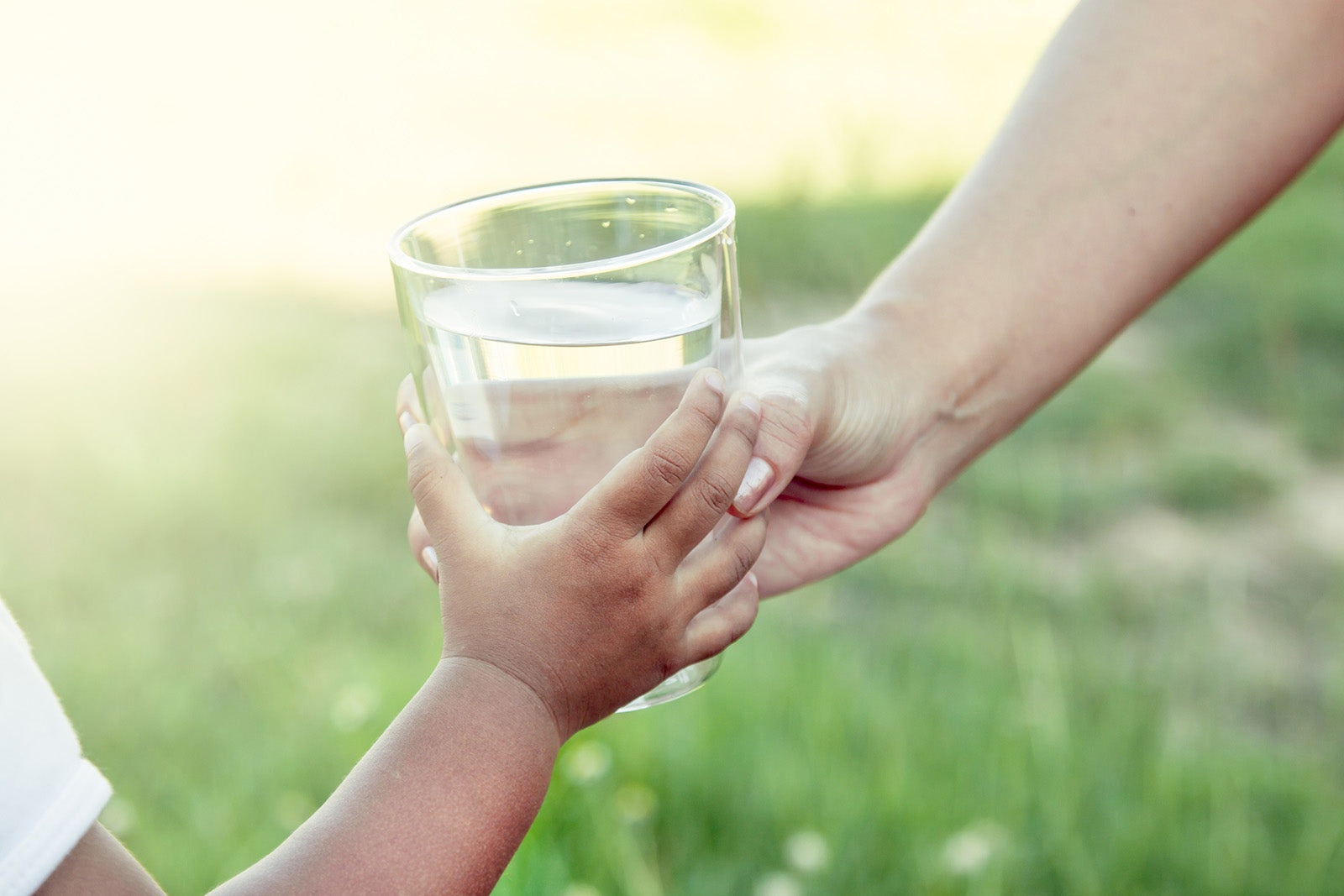Choosing Eco-Friendly Water Purification
By Fillinx Solutions
Introduction
- Briefly discuss the environmental impact of traditional water purification methods.
- Introduce the concept of eco-friendly water purification as a sustainable and responsible choice.
Section 1: The Environmental Impact of Traditional Water Purification
- Discuss common water purification methods and their potential drawbacks.
- Highlight issues such as energy consumption, use of chemicals, and waste generation associated with traditional purification processes.
Section 2: Benefits of Eco-Friendly Water Purification
- Explore how eco-friendly water purification methods contribute to environmental conservation.
- Discuss reduced carbon footprint, energy efficiency, and minimal use of harmful chemicals.
- Emphasize the positive impact on ecosystems and wildlife.
Section 3: Sustainable Filtration Technologies
- Introduce and explain eco-friendly water purification technologies, such as activated carbon filters, ceramic filters, and UV purification.
- Highlight how these technologies minimize environmental harm compared to traditional methods.
- Provide examples of how these technologies work to purify water sustainably.
Section 4: Material Choices and Recyclability
- Discuss the importance of choosing water purifiers made from eco-friendly materials.
- Highlight products with recyclable components and packaging.
- Mention any certifications or eco-friendly labels your products may have.
Section 5: Reduction of Single-Use Plastic
- Address the environmental impact of single-use plastic water bottles.
- Advocate for the use of reusable water bottles in conjunction with eco-friendly water purification systems.
- Offer tips on reducing single-use plastic waste through proper water purification.
Section 6: Water Conservation
- Discuss how certain water purification systems contribute to overall water conservation.
- Explore features like water-efficient technology and the reduction of water wastage during the purification process.
- Provide examples of how your products support water conservation efforts.
Section 7: Tips for Making an Informed Purchase
- Provide a checklist for consumers to consider when choosing an eco-friendly water purification system.
- Include factors such as energy efficiency, material sustainability, and recyclability.
- Encourage readers to research and compare products before making a purchase.
Conclusion
- Summarize the key points about eco-friendly water purification.
- Reiterate the positive impact individuals can make by choosing sustainable water purification solutions.
- End with a call-to-action, inviting readers to explore your online store for eco-friendly water purification products.

